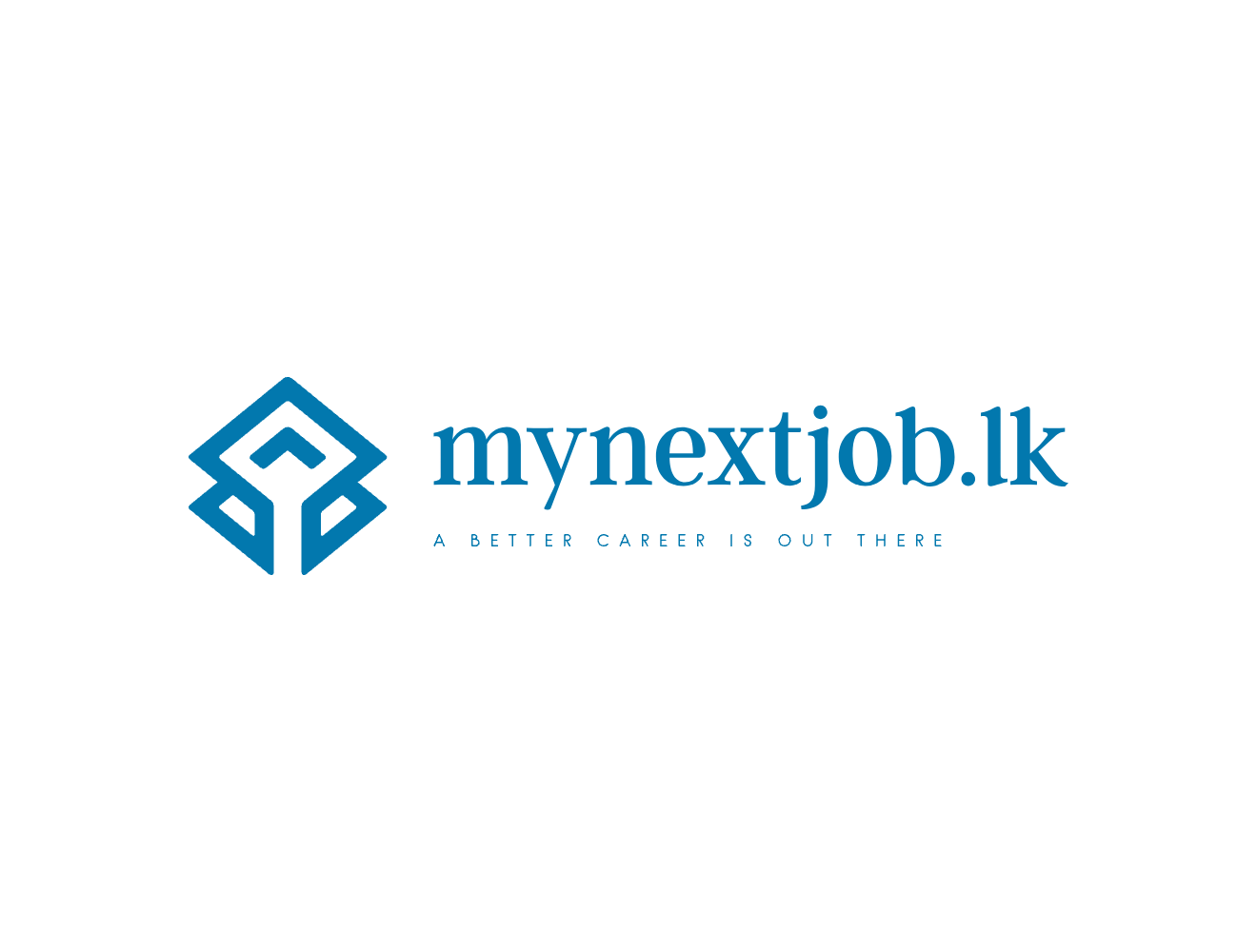Understanding the Importance of Employee Retention
Employee retention is a crucial element for the stability and growth of any organization. High turnover rates not only incur significant costs but also disrupt company dynamics and productivity. The direct costs associated with employee turnover are considerable. Recruitment advertising, interviewing, and evaluating candidates require substantial investment. Furthermore, onboarding and training newly hired employees to reach optimal performance involves additional financial and time resources.
The indirect costs connected with frequent turnover also weigh heavily on businesses. Team dynamics and morale suffer when experienced employees leave, causing potential disruptions in workflow and communication. The departure of key talent can reduce the efficiency and effectiveness of a team, as remaining employees may feel overburdened or insecure about their job stability. Consequently, productivity decreases, and organizational goals may become harder to achieve.
Beyond the immediate financial implications, there are broader organizational impacts. Retaining employees ensures continuity of knowledge and expertise, which is invaluable for maintaining consistent and high-quality performance. Workers who stay with a company longer tend to develop deeper understanding of the business processes and customer needs, leading to improved customer satisfaction and loyalty. For instance, studies show that companies with low turnover rates enjoy 20% more sales per employee compared to those with high turnover rates.
Additionally, the loyalty of long-term employees can foster a positive workplace culture, where trust and collaboration are emphasized. Employees who feel valued are more likely to be engaged and motivated, translating to higher productivity and innovation. This sustainable workforce model not only supports the organizational framework but also facilitates a more robust competitive edge within the industry.
By prioritizing employee retention, businesses can mitigate the high costs and negative impacts associated with turnover, while simultaneously benefiting from a more stable and productive workforce. Thus, understanding and addressing the factors that drive retention should be a fundamental aspect of human resource strategies.
Creating a Positive Work Environment
A positive work environment plays a pivotal role in enhancing employee retention. Companies that prioritize a supportive and inclusive workplace culture often see higher levels of employee satisfaction and lower turnover rates. An environment that fosters engagement, inclusivity, and mutual respect can significantly contribute to retaining talent.
Workplace culture is fundamental to making employees feel valued and appreciated. To cultivate a positive atmosphere, organizations should recognize and celebrate employee achievements. This could be through annual award ceremonies, regular performance reviews, or informal shout-outs during meetings. Recognition not only boosts morale but also reinforces a sense of accomplishment among team members.
Promoting work-life balance is another critical factor in fostering a positive work environment. Flexible working hours, remote work options, and encouraging employees to take time off can prevent burnout and enhance overall job satisfaction. Companies that respect and support their employees’ personal lives often enjoy higher loyalty and commitment from their workforce.
Open communication is essential in building trust and transparency within an organization. Encouraging feedback and maintaining an open-door policy can make employees feel heard and valued. Regular town hall meetings, one-on-one sessions with management, and anonymous suggestion boxes are practical tools for fostering open dialogue. This not only helps in addressing employee concerns but also demonstrates the organization’s commitment to continuous improvement.
Several companies have set benchmarks in creating exemplary workplace cultures. For instance, Google is renowned for its supportive and inclusive work environment, which has significantly contributed to its high employee retention rates. They offer a variety of programs aimed at personal and professional development, ensuring that team members feel engaged and valued. Similarly, Salesforce emphasizes community involvement and employee well-being, reflecting in their low turnover rates and high employee satisfaction.
By leveraging these strategies, organizations can create a positive work environment that fosters loyalty and commitment, ultimately enhancing overall employee retention.
Offering Competitive Compensation and Benefits
Ensuring that employees feel valued and adequately compensated is a fundamental aspect of human resource management that significantly influences employee retention. Competitive salaries and comprehensive benefits packages stand at the forefront of effective retention strategies. By providing remuneration that aligns with, or exceeds, industry standards, organizations can foster loyalty and reduce turnover.
One of the primary facets of competitive compensation is the base salary. Offering a salary commensurate with the industry standard is crucial. Organizations can achieve this through regular salary benchmarking, which involves analyzing compensation trends within the industry to maintain a competitive edge. An exemplary approach can be witnessed in the practices of tech giants like Google, which consistently lead in salary benchmarks, thereby attracting and retaining top talent.
Beyond base salary, a well-rounded benefits package is crucial in retaining employees. Health insurance is a cornerstone, with comprehensive plans covering medical, dental, and vision needs proving particularly attractive. Retirement plans, such as 401(k) plans with employer matching, offer long-term financial security and show a commitment to employees’ futures.
Bonuses and performance-related incentives play a pivotal role in acknowledging and rewarding employee contributions. For instance, Salesforce’s robust bonus structures, famously generous for top achievers, not only boost motivation but also enhance retention rates markedly.
Further, unique perks and benefits can set a company apart. These might include flexible working hours, remote work opportunities, professional development programs, and wellness initiatives such as gym memberships or mental health support. Netflix, for instance, is known for its unlimited vacation policy, which has proven to be a significant draw for potential and current staff.
Conducting regular reviews of compensation and benefits policies ensures an organization remains competitive. By adapting to changes in the market and the evolving needs of employees, businesses can sustain an attractive value proposition. Overall, competitive compensation and comprehensive benefits packages are indispensable in creating a committed and satisfied workforce that contributes to long-term organizational success.
Investing in Employee Development and Career Growth
An essential component of maintaining a committed and engaged workforce is the provision of ample career development opportunities. Investing in human resources through structured career growth initiatives not only fosters professional enhancement but also significantly contributes to overall employee retention. Organizations that prioritize the development of their employees often see heightened job satisfaction, increased loyalty, and reduced turnover rates.
Several effective methods can be employed to facilitate employee development and career growth. Regular training programs are foundational to this process, providing employees with the necessary skills and knowledge to excel in their roles. These programs can range from technical skill workshops to soft skill development sessions, addressing a broad spectrum of professional needs. Mentorship schemes are equally valuable, offering personalized guidance and support from experienced professionals. These relationships can facilitate the transfer of knowledge, enhance career advancement, and help employees navigate organizational culture more effectively.
Another crucial aspect of employee development is the establishment of clear career progression paths. Transparent and achievable career advancement maps help employees visualize their growth trajectory within the organization. This clarity not only motivates employees but also aligns their personal aspirations with the company’s objectives. By defining potential roles and the skills required to achieve them, employers can ensure that their workforce remains driven and future-focused.
Personal and professional development initiatives have a substantial impact on job satisfaction and employee loyalty. When employees feel valued and perceive their ambitions being supported, they are more likely to remain with the organization. Companies like Google and Adobe exemplify the benefits of effective employee development programs. Google’s “CareerGuru” program pairs employees with leaders who offer career advice and insights, resulting in a more engaged and satisfied workforce. Adobe’s “Learning Fund” reimburses employees for educational expenses, promoting continuous learning and individual growth, which ultimately leads to higher retention rates.
Incorporating such development strategies not only equips employees with enhanced skills but also creates a culture of continuous improvement and loyalty. By prioritizing employee development, organizations can achieve sustainable growth, driven by a motivated and committed workforce.








